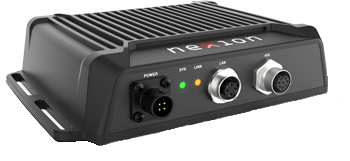What about the continuous transmission limiter built into my radio ?
- Most VHF/UHF transceivers are configured to limit continuous transmissions to a count of 60 - 90 seconds. This counter is automatically reset to 0 when transmitting stops.
In many cases a continuous data transmission will periodically receive acknowledgement back from the destination before continuing the transmission. Since this short RX automatically resets the transmission timer counter, overall transmission can easily be nearly 100% - which may cause the transceiver to overheat.

